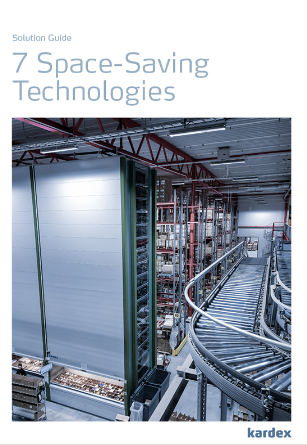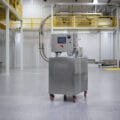One of the biggest challenges companies face in intralogistics is a lack of space, leading to inefficient storage, slower processes, higher costs, and lower customer satisfaction. In the time of Industry 4.0 and rapid technological advancements in production, alongside increasing e-commerce and omni-channel distribution, companies need to optimise their warehouse or production design with digitalised processes to remain competitive.
An investment in automated storage and retrieval systems (ASRS) enables highly compressed storage of the same number of stock-keeping units (SKUs) previously held in static shelving but within a significantly reduced footprint of up to 85%. That means less space is needed to store the same number, or even a higher amount, of articles. The floor space gained can then be leveraged by repurposing it via an internal expansion, such as adding other revenue- generating activities.
Different storage systems can be customised for various storage needs, from small to medium-sized lightweight goods to heavy-duty materials, pallets, and individual SKUs. We have created a solution guide that presents 7 technologies you should consider when space is an issue. It gives guidance on which solution is best for your SKUs and details how each solution provides significant space savings while at the same time increasing performance and improving labour requirements.

There are a variety of automated storage and retrieval systems that support businesses to save space. Depending on the stored SKUs, every company will have distinct requirements and, therefore, a different solution that best fits their business needs. The main difference is the dimension in terms of the size and weight of the articles.
Kardex presents 7 technologies suitable for a wide range of applications, from small parts to heavier goods and pallets.
Efficient and reliable warehouse management software solutions are as crucial for the productivity of modern warehouses as hardware components. Kardex offers modular IT concepts tailored to individual intralogistics processes and warehouses.
To read the solution guide click here.






